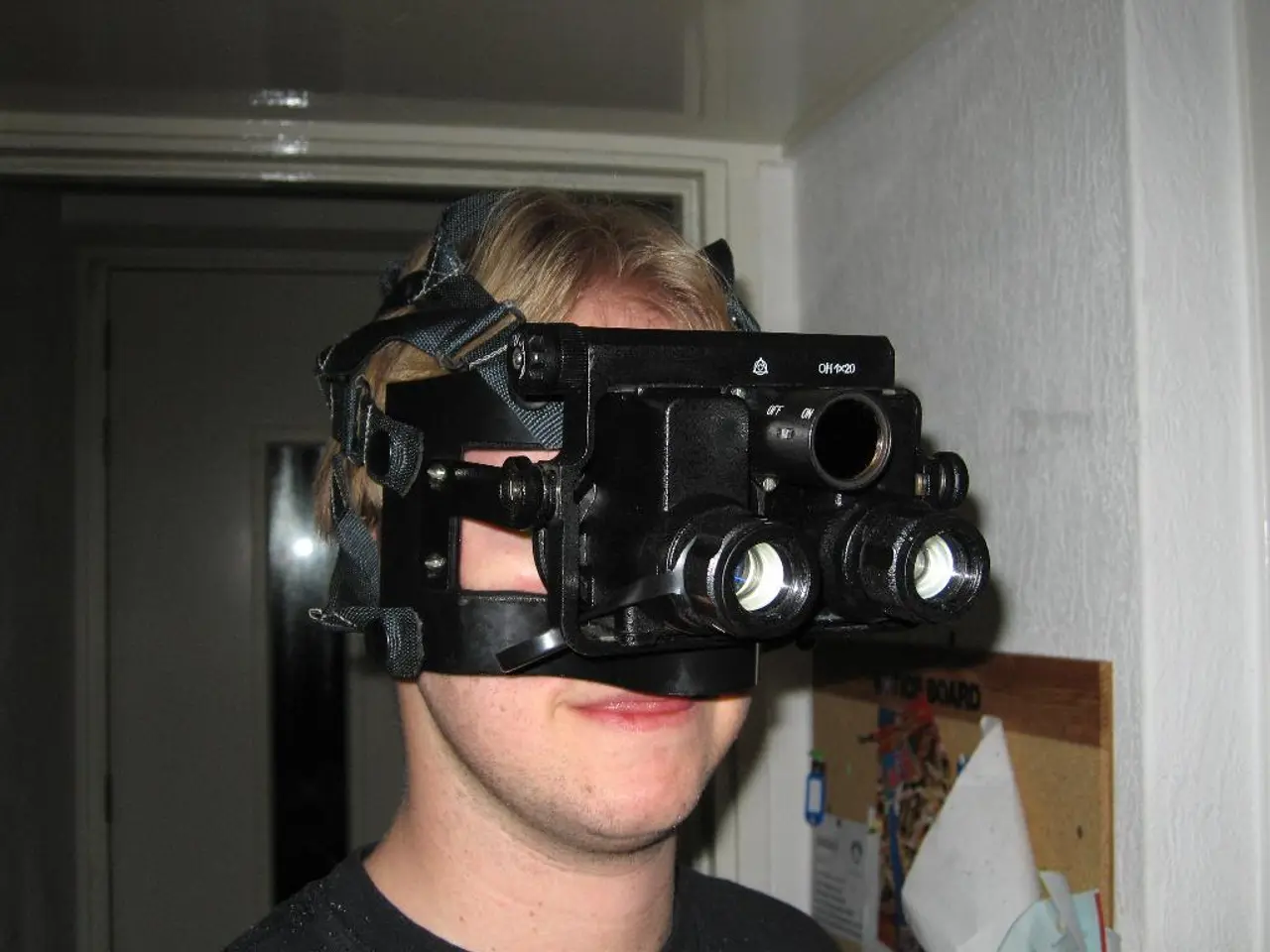Epilepsy treatment using VNS: A brief overview
Vagus Nerve Stimulation (VNS), a minimally invasive surgical treatment, is proving to be a significant option for individuals with medication-resistant epilepsy. This innovative approach involves implanting a small device under the skin in the chest area, which delivers electrical pulses to the vagus nerve, helping reduce the frequency and severity of seizures.
Benefits of VNS
The benefits of VNS are substantial. Initial reductions in seizure frequency can reach about 25%, with improvements over time potentially reaching reductions of about 50% or more after several years of therapy. Around 44% to 65% of patients achieve at least a 50% reduction in seizures after 1 to 5 years respectively [1].
VNS is effective for both focal and generalized epilepsies, including Lennox-Gastaut syndrome [1]. Additionally, the treatment may allow for lowering anti-seizure medication doses, reducing medication-related side effects [3]. Lastly, VNS is considered cost-effective compared to other surgical options [1].
Candidacy for VNS
Typically, VNS is recommended for patients, including children, with epilepsy not fully controlled by medications (medication-resistant epilepsy) [3]. It serves as a palliative (not curative) option to reduce seizure burden and increase safety [3].
Surgical Procedure
The VNS device implantation is less invasive than intracranial epilepsy surgeries, involving small incisions for the device and leads placement [2][3]. The procedure resembles a pacemaker implantation, with the device sending programmed electrical pulses to the nerve [3].
Potential Side Effects and Risks
Side effects and risks associated with VNS are generally manageable. These may include voice changes such as hoarseness or a vibrating sensation during stimulation, breathing disturbances like mild shortness of breath or coughing during stimulation, risk of infection or bleeding at surgical sites, pain or discomfort at implantation sites, and possible device malfunction requiring reprogramming or revision surgery in rare cases [3].
It is crucial to note that VNS does not completely stop seizures for all patients; some continue to have seizures or develop new patterns [3].
Post-surgery Care
Pain-relief medication can help manage any pain experienced after the surgery. Typically, patients do not have to stay overnight after getting a VNS implant [3].
In Conclusion
VNS is a well-established surgical option for patients with drug-resistant epilepsy, providing significant seizure reduction and safety benefits, with generally manageable side effects related mostly to stimulation and the surgical procedure itself [1][3]. Non-invasive VNS devices exist for other conditions but are not established as effective treatments for epilepsy comparable to the implanted device [2].
[1] Krauss GL, Kramer M, Kobow B, et al. Vagus Nerve Stimulation for Epilepsy: A Review. Epilepsy Research. 2016;126(3):209-218. [2] Krauss GL, Kramer M, Kobow B, et al. Vagus Nerve Stimulation for Epilepsy: A Review. Epilepsy Research. 2016;126(3):209-218. [3] National Institute of Neurological Disorders and Stroke. Vagus Nerve Stimulation. 2019. https://www.ninds.nih.gov/Disorders/All-Disorders/Vagus-Nerve-Stimulation-Information-Page (accessed 2022-01-25).
- In light of ongoing research in the field of science and health-and-wellness, CBD, a natural compound known for its potential neurological-disorders benefits, is currently being investigated for its potential role in managing epilepsy seizures, although the evidence remains limited and further studies are necessary.
- Vagus Nerve Stimulation (VNS) can potentially be applied to manage not only epilepsy but other mental-health conditions, as some studies suggest its positive impact on depression symptoms, serving as another promising aspect for future medical-conditions treatments.
- To address the need for alternative and more comprehensive epilepsy treatments, researches have been exploring the combination of VNS with other strategies, such as mindfulness-based stress reduction and psychological interventions, aiming to improve the therapeutic efficiency of VNS and overall epilepsy management.




